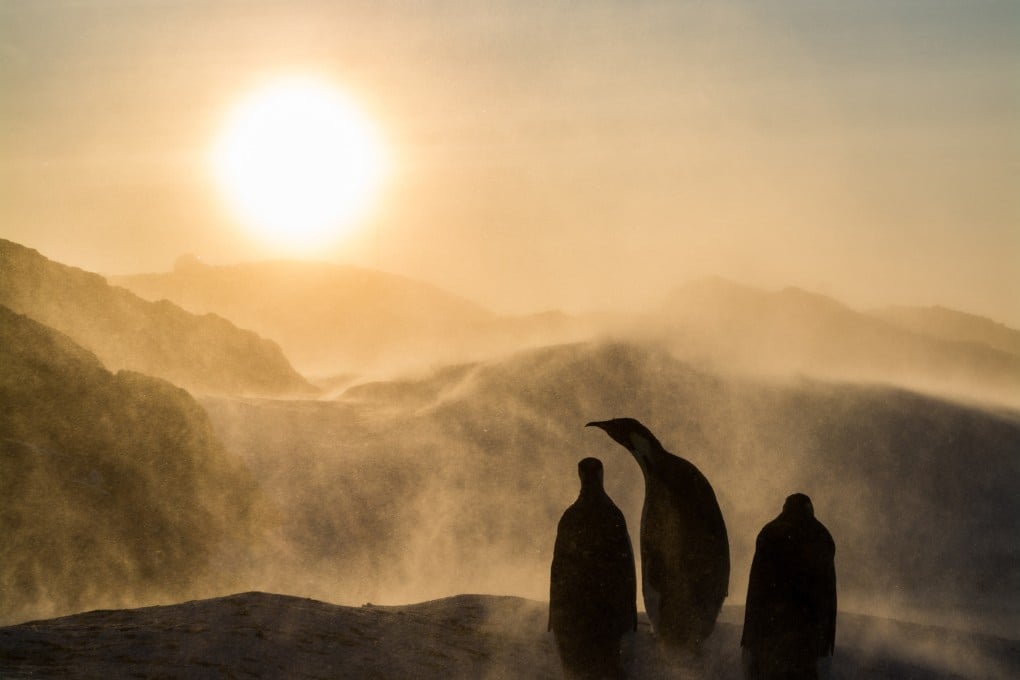Antarctica sea-ice levels at ‘mind-blowing’ historic low: ‘930,000 square miles less’
- Levels reached record lows at least twice in 2023 after record minimums were detected in 2017 and 2022 in a region 1.5 times the size of the US
- ‘It’s so far outside anything we’ve seen it’s almost mind-blowing,’ said Walter Meier, National Snow and Ice Data Centre senior research scientist

Sea-ice levels in Antarctica reached a record low in mid-September, satellite imagery from the National Snow and Ice Data Centre shows.
Sea ice, the water that freezes on the surface of the sea in the Arctic and Antarctic hemispheres, has been decreasing in both regions.
In Antarctica, sea ice levels reached record lows at least twice in 2023 after record minimums were detected in 2017 and 2022.
“It’s so far outside anything we’ve seen, it’s almost mind-blowing,” Walter Meier, senior research scientist at the United States’ National Snow and Ice Data Centre, told the BBC.
An unstable Antarctica could have far-reaching consequences for Earth’s climate, forcing global temperatures to rise with potentially devastating consequences for humanity, scientists warn.
Understanding the extent of the climate crisis in Antarctica has been challenging for scientists. The region is 1.5 times the size of the US, and there’s a lack of historical information.
